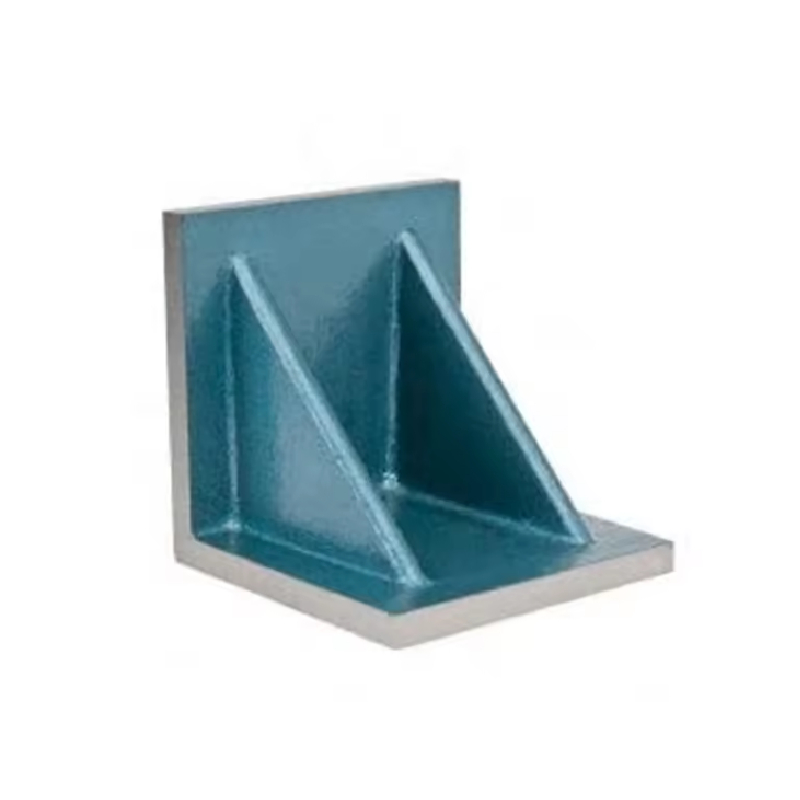ডিসে. . 21, 2024 15:32 Back to list
Understanding the Functionality and Applications of Butterfly Valve Operation Techniques
Understanding Butterfly Valves and the Importance of Their Operation
Butterfly valves are crucial components in various industrial applications, serving as a means to control the flow of liquids and gases. Their simple structure, consisting of a disc that rotates around a central shaft, allows for quick and efficient regulation of flow. When discussing the operation of butterfly valves, it is essential to explore the technical aspects of how they open and close, as well as the benefits they bring to different systems.
The Mechanism of Operation
Butterfly valves operate using a rotational motion that is controlled by a handle or actuator. When the valve is opened, the disc rotates about 90 degrees, aligning itself parallel with the direction of flow. This position creates minimal resistance, allowing fluid to pass through with low pressure drop. Conversely, when the valve is closed, the disc rotates back to a perpendicular position, effectively blocking the flow.
This simple mechanism makes butterfly valves an attractive option for various applications. They can be operated manually or automatically, with many modern setups utilizing electric, pneumatic, or hydraulic actuators for enhanced precision and control. The choice of actuator often depends on the system’s requirements regarding speed, response time, and the medium being controlled.
Applications of Butterfly Valves
Butterfly valves find applications in multiple sectors, including water treatment plants, chemical processing, HVAC systems, and food and beverage industries. Their versatility is largely due to their ability to handle large volumes of fluid efficiently. In water treatment facilities, for instance, these valves are commonly used for isolation and throttling purposes, helping to manage flow rates during various phases of the treatment process.
In chemical processing, butterfly valves must often contend with corrosive substances. Therefore, choosing the right material for the valve is essential. Options like stainless steel, plastic, or even exotic alloys can be employed to enhance durability and resistance against harsh chemicals. The ability to customize these valves allows for effective integration into specialized applications, ensuring safety and reliability.
butterfly valve open

Advantages of Using Butterfly Valves
One of the most significant advantages of butterfly valves is their compact design. Compared to traditional gate or globe valves, butterfly valves occupy less space and can be installed in tighter areas. This compactness leads to cost savings during installation, particularly in situations where space is constrained.
Moreover, the ability to open and close quickly makes them ideal for applications requiring rapid flow control. For industries that rely on consistent and smooth operation, this feature not only enhances system efficiency but also reduces the risk of product contamination, particularly in the food and beverage sector.
Another notable benefit is their low maintenance requirements. Once properly installed, butterfly valves tend to require less frequent maintenance compared to other valve types, resulting in lower operational costs over time. Routine inspections and minor adjustments can typically keep them in optimal working condition.
Conclusion The Role of Butterfly Valves in Modern Industry
In summary, butterfly valves play a pivotal role in regulating fluid flow across various industries. Their straightforward design, combined with efficient operation, allows for effective control while saving space and minimizing costs. As industries continue to evolve, so too will the technologies surrounding butterfly valves, with innovations aimed at increasing their effectiveness and reliability. Understanding the importance of how butterfly valves open and function is essential for engineers and operators looking to optimize their systems, ensuring that they meet the demands of today’s fast-paced industrial landscape.
As you consider implementing butterfly valves into your operations, it is advisable to thoroughly evaluate your specific needs and consult with manufacturers or suppliers who can guide you in selecting the right valve type and configuration. This proactive approach will enable you to enjoy the many benefits that these versatile valves have to offer, enhancing both the efficiency and safety of your processes.
-
Why Metric Trapezoidal Thread is Ideal for Precision Motion ControlNewsAug.05,2025
-
The Unique Properties of a Block of Granite for Industrial UseNewsAug.05,2025
-
The Role of Flanged Y Strainers in Preventing Pipeline ClogsNewsAug.05,2025
-
The Importance of Regular Calibration for Master Ring GagesNewsAug.05,2025
-
How a Cast Iron Surface Table Enhances Accuracy in ManufacturingNewsAug.05,2025
-
Comparing Different Check Valve Types for Optimal Flow ControlNewsAug.05,2025
Related PRODUCTS









